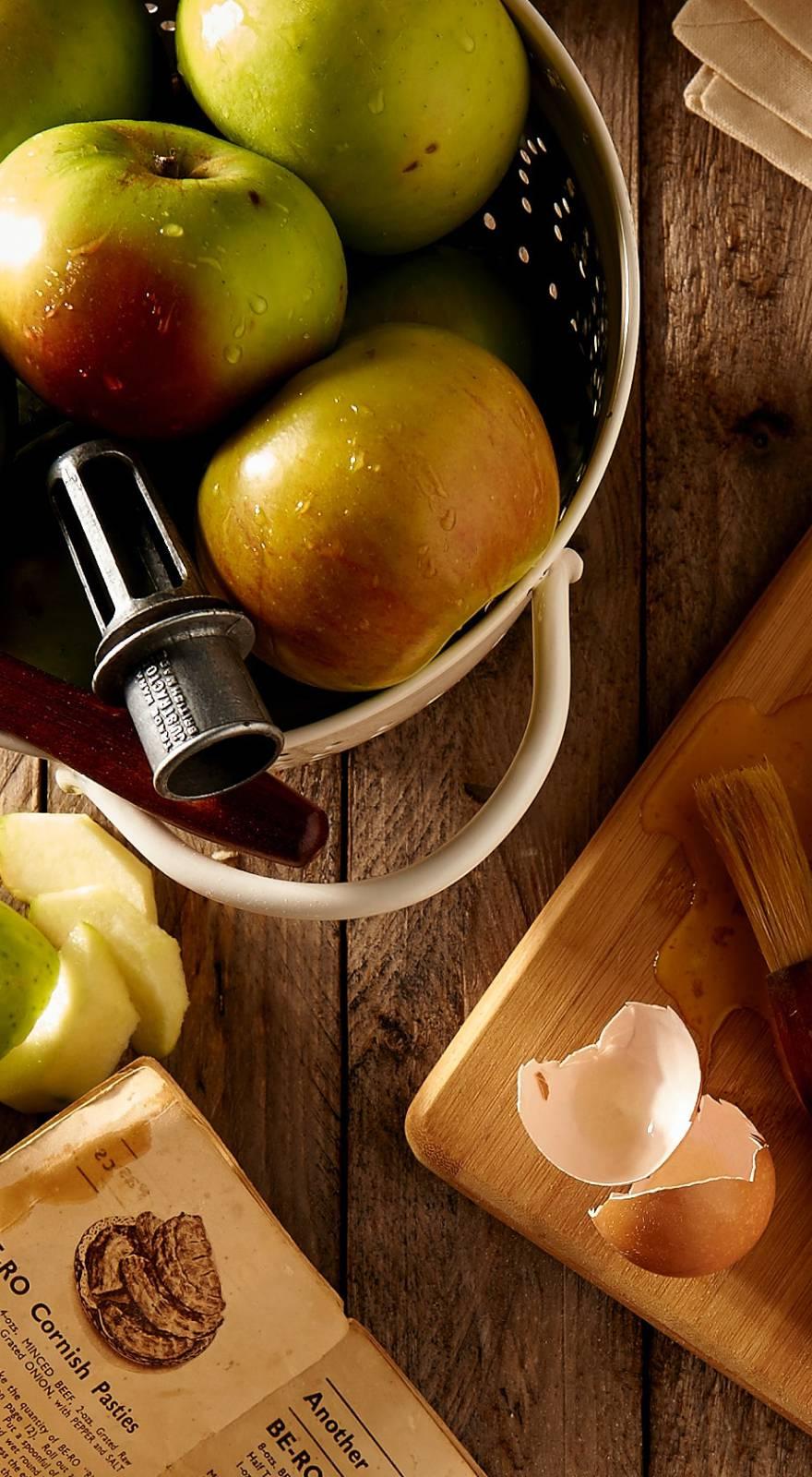Knowde Enhanced TDS
Identification & Functionality
- Ingredient Origin
- Pharma & Nutraceuticals Functions
- Botanical Name
- Andrographis Paniculata (Burm.F.) Nees
- Plant Part Used
- Stem & Leaf
- CAS No.
- 5508-58-7
- Molecular formula
- C20H30O5
- Molecular Weight
- 350.4492
- Product Families
- Main Function
- Andrographis compounds have shown antivirus properties which appear to inhibit glycoprotein's in the virus. This impedes the viruses ability to invade cells in the body and replicate. It's andrographolide are currently being studied for the antiviral effects they have on avian bird flu virus, ebola virus and HIV.
- There appears to be a significant presence of flavanoids in the Andrographis Paniculata herb, which always have an anti-inflammatory affect. In vitro studies have shown that the flavinoid activities supressed the genetic expression of neutrofils, an inflammatory agent. Similarly, studies have indicated that a variety of inflammatory proteins, including COX-2, are reduced by the presence of Andrographoloid.
- In vitro andrographolide studies indicate an immuno-stimulating activity as well as a marked inhibitory effect. Its presence increases proliferation of lymphocytes and production of interleukin2, TNF-alpha production and cytotoxic activity of lymphocytes against certain cancer cell lines, as well as demonstrating potential direct anti-cancer activity by the induction of cell-cycle inhibitory protein p27 and decreased expression of cyclin-dependent kinase.
Features & Benefits
- Labeling Claims
- Food Ingredients Features
Applications & Uses
- Markets
- Application Filed
- Health food Food additive
- Food additive
Properties
- Appearance
- Yellow Brown to White Powder
- Typical Properties
| Value | Units | Test Method / Conditions | |
| Specification | 5-98 Andrographolides | % | - |
Regulatory & Compliance
- Certifications & Compliance

